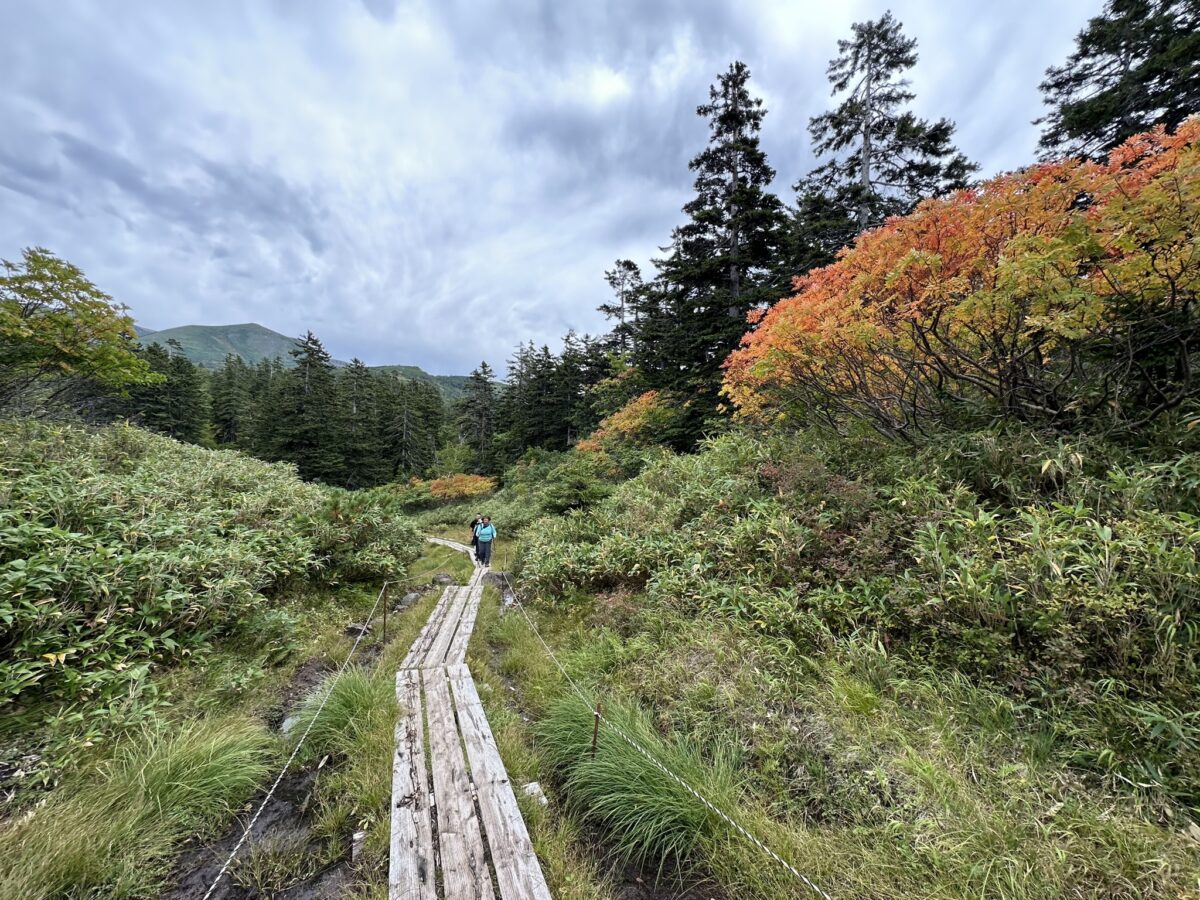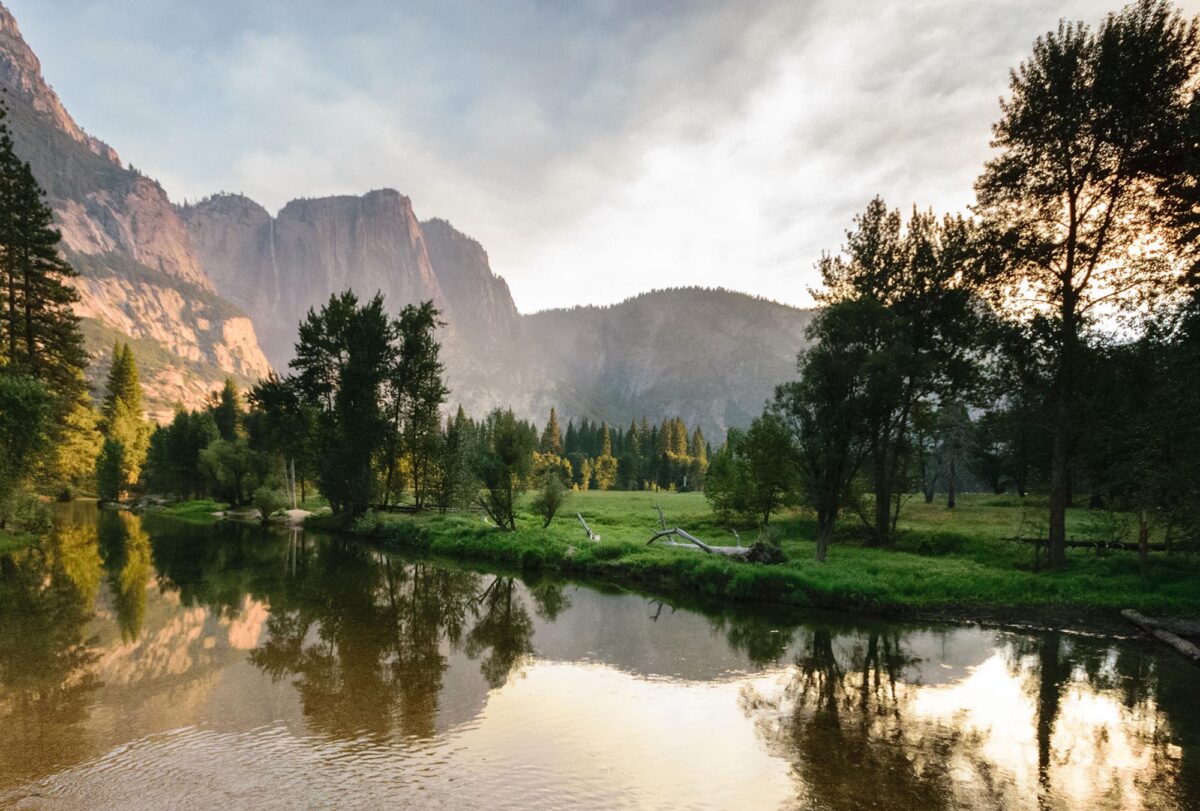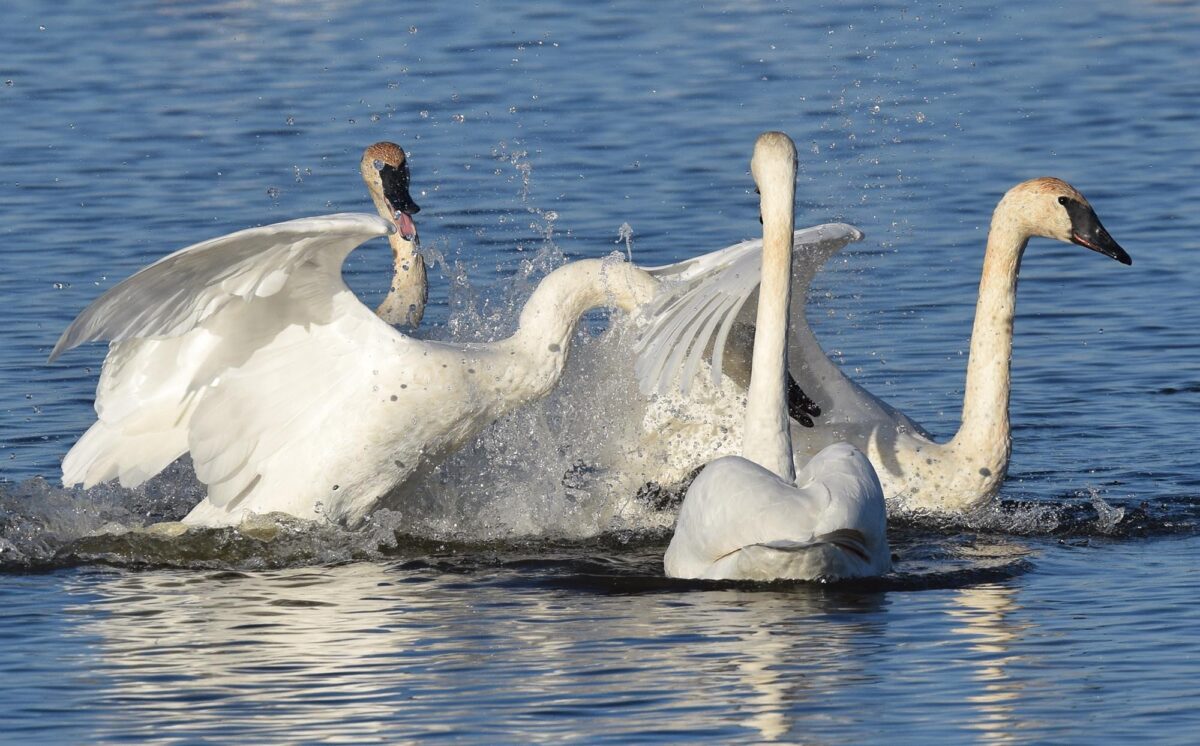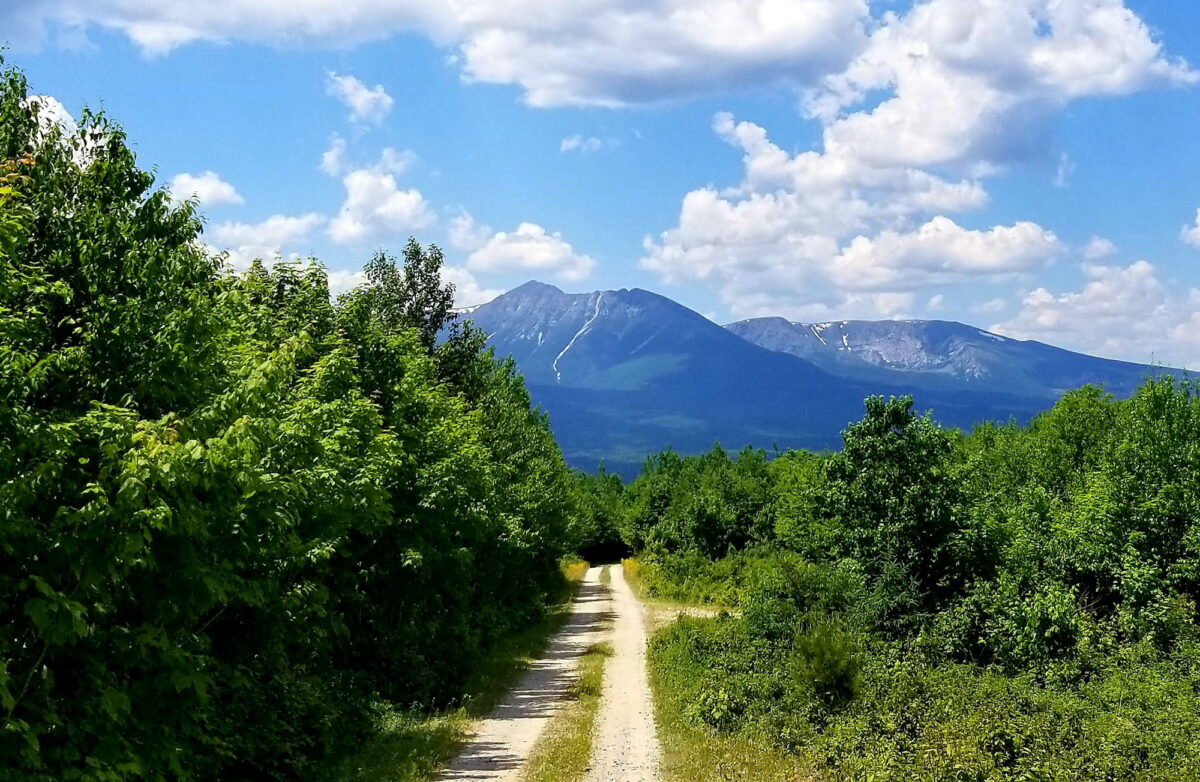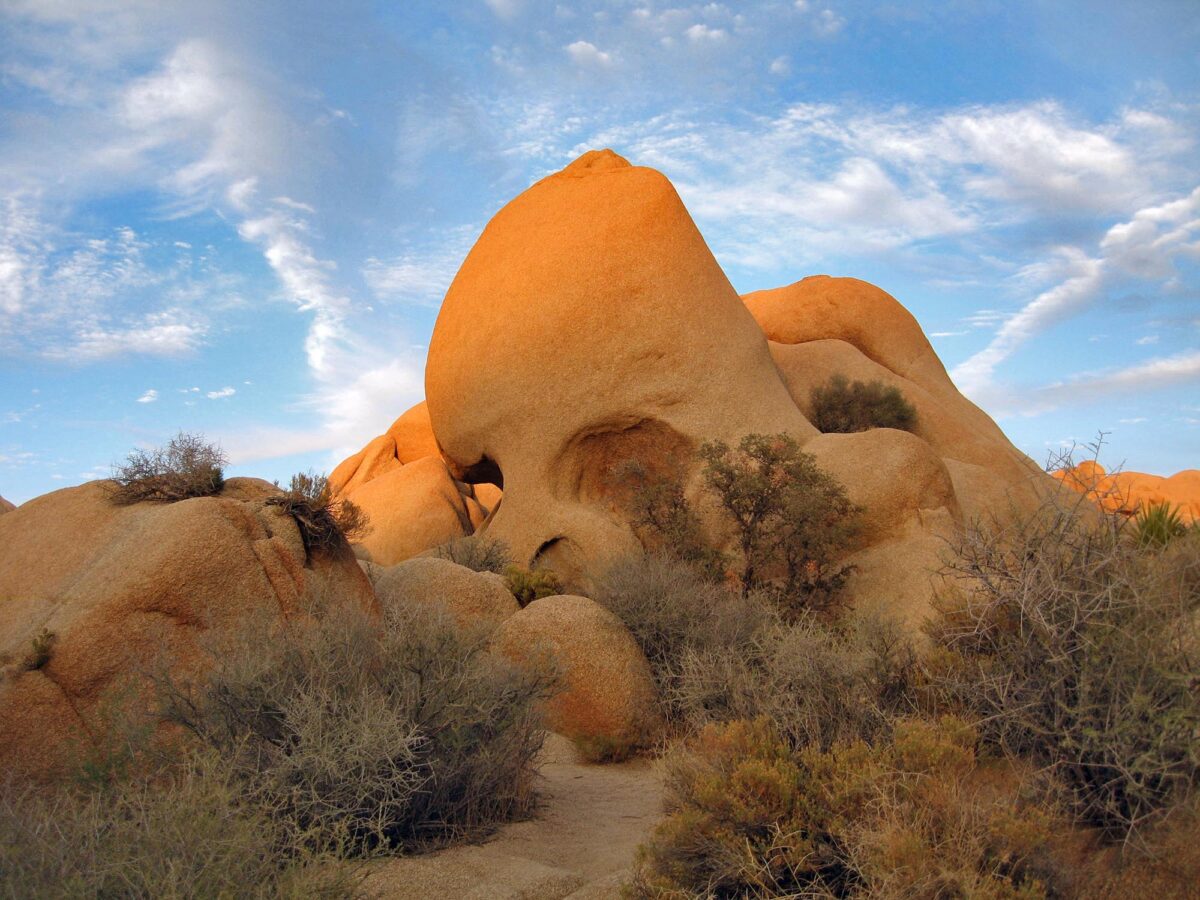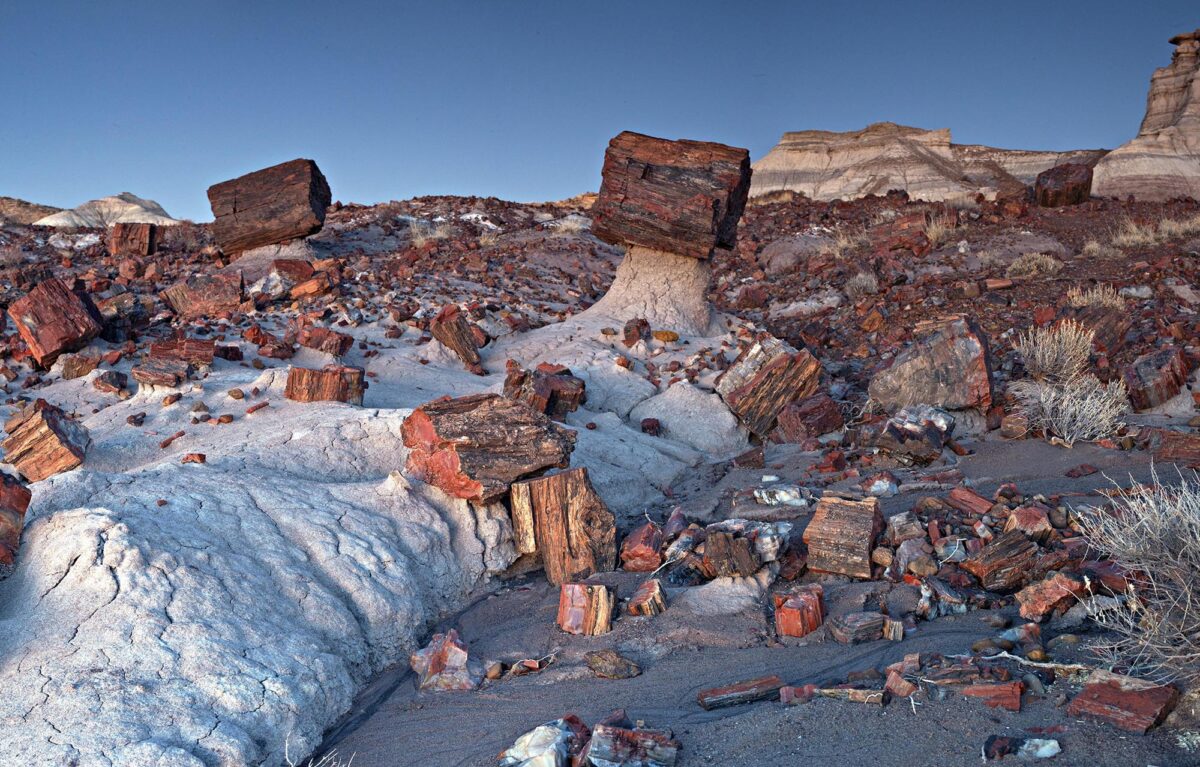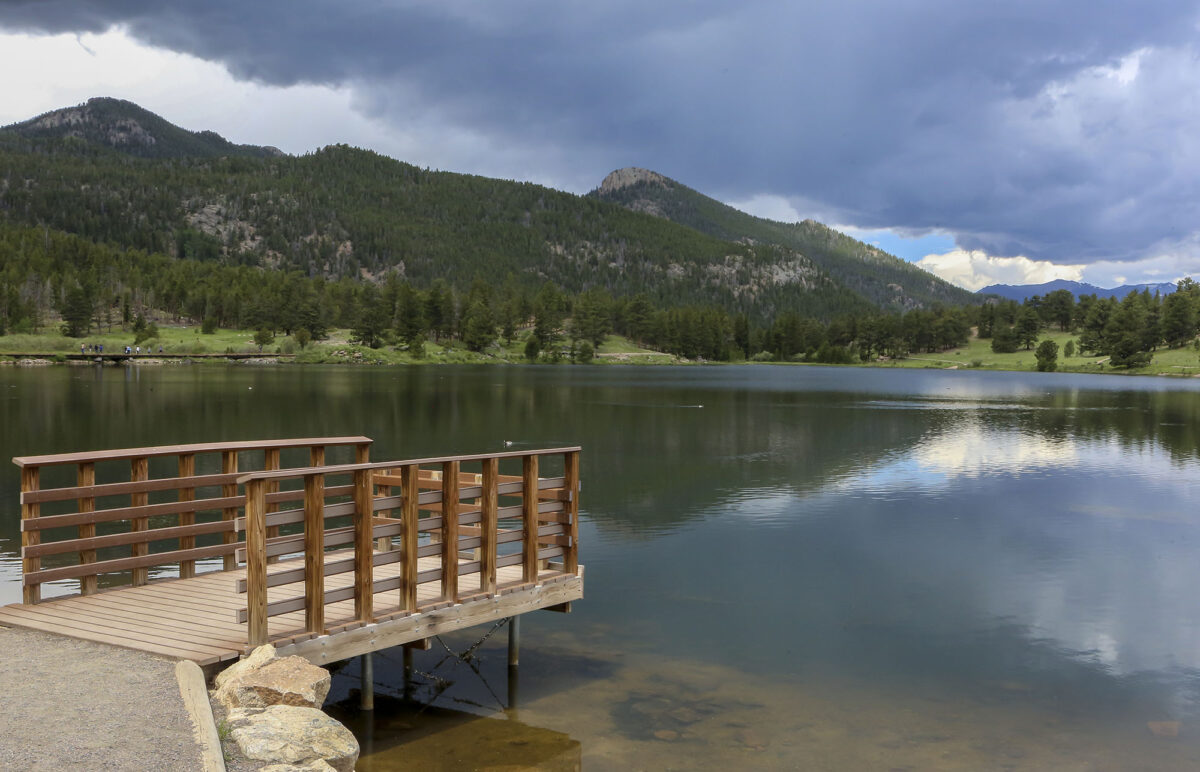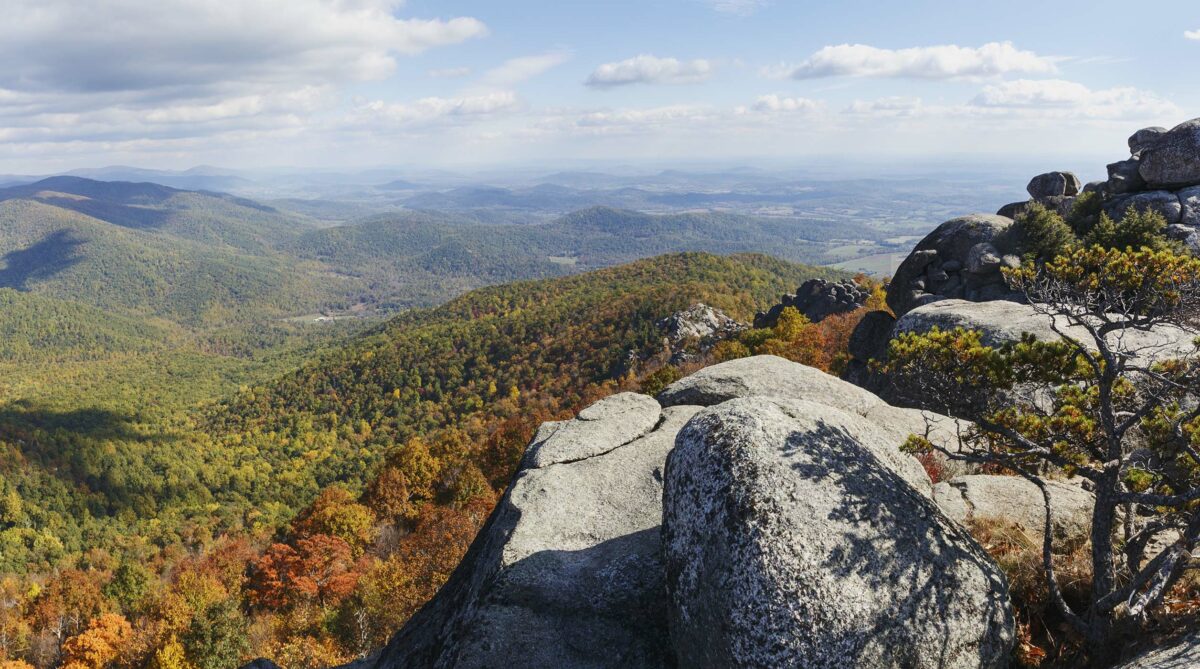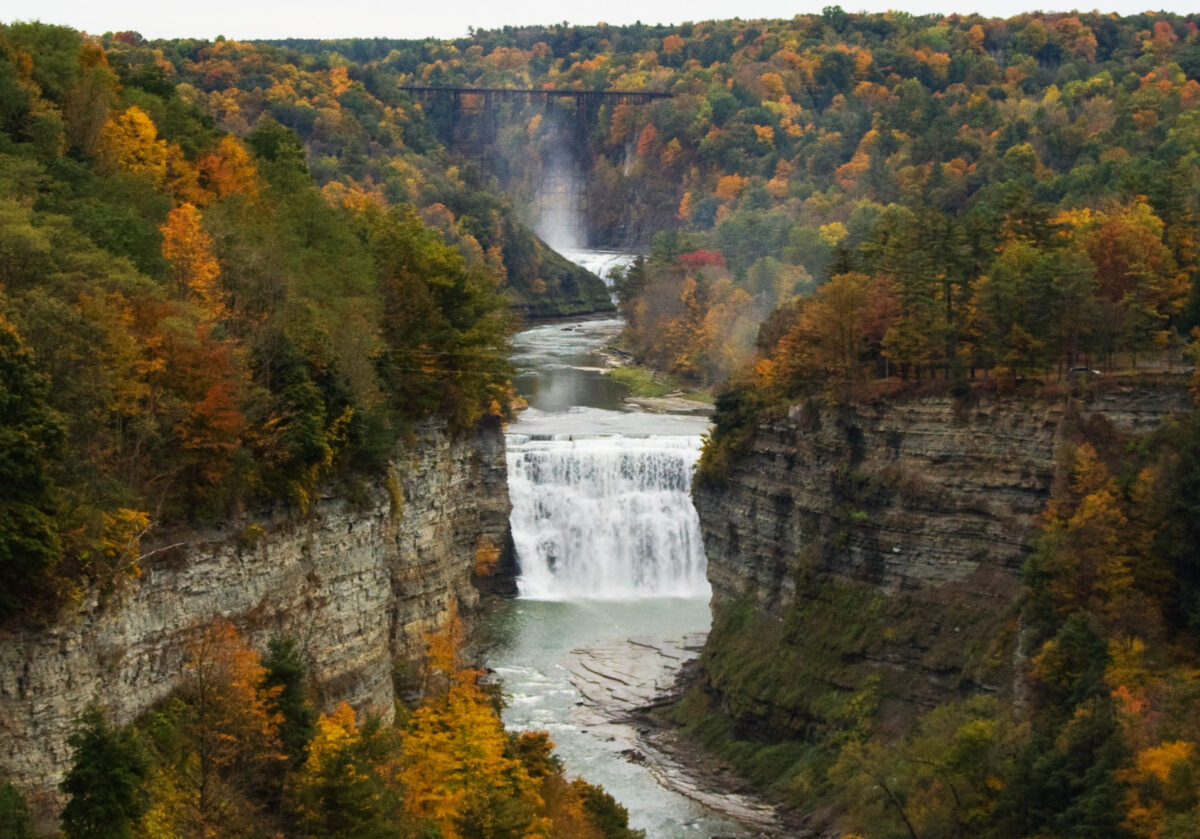Koetsu Ichinei was the first person our group met on a trip to Daisetsuzan National Park, and I cannot imagine a better park ambassador. The prominent photographer has spent decades hiking the Daisetsu Mountains with his heavy old Linhof Master Technica 4×5 camera. He used to camp for a month in winter, and two to three months in other seasons, capturing the year-round beauty of these mountains in Hokkaido, Japan’s northernmost island. Now that he’s 84, he only camps for a week. During our group’s visit to his photo gallery — where his mountain photos fill a former school — he was preparing to take his old camera out to shoot fall foliage.

Daisetsuzan is Japan’s largest national park (875 square miles) and boasts some of the country’s wildest scenery, but it seems undiscovered by foreign tourists. In my few days touring the park, I mostly encountered domestic travelers out for a hike.

“Daisetsuzan” means great snowy mountains. Which is apt, considering there’s a looong winter season here and a short summer. If you don’t want to freeze, July through September are good times to visit. Fall foliage usually peaks in mid-September. It starts snowing again in October. During my few days in the park, I could appreciate why Ichinei spent his whole photography career capturing its many moods.
Wildlife in Daisetsuzan
Before setting out on the Daisetsu Kogen Onsen Numa-meguri Hiking Trail, you’re required to watch a bear preparedness video. My group sat in the Brown Bear Information Center, absorbing the mixed message. Everybody was curious about seeing a bear (why else would they hike the notoriously bear-infested trail?), yet the video preached avoidance. This heightened the drama. We looked at a map of the designated areas along the trail where visitors are allowed to eat. These sectioned-off spaces reduce the chances of attracting bears. Also, you can’t cook anything or even make coffee on the trail.

Besides brown bears (aka grizzlies), Daisetsuzan is home to Ezo red foxes, Yezo sika deer, Hokkaido squirrels, and Yezo stoats, which are weasel relatives. I had mixed feelings about bear sightings but would have loved to see Blakiston’s fish owl, the world’s largest living owl, which can have a six-foot wingspan. However, we saw only squirrels.
The hike was rooty and rocky, so you had to watch your step, but it wasn’t too steep. The leaves turned late this year, so in mid-September, we saw the first yellows and reds. We also saw sulfurous vapors pour out of fumaroles. These volcanic mountains are still very active.

Further along, we crossed swampy areas full of skunk cabbage, flowing streams, and ferns that reminded me of my Pacific Northwest home. We stopped to rest by picturesque ponds.
Onsen hotels
You can stay in several onsen hotels in Daisetsuzan National Park. These hot springs resorts feature bathing pools and the chance to swan around the property in a yukata, or bathing kimono.
We stayed at Hotel Taisetsu, a huge and luxurious lodging in a dramatic gorge. It had three different onsens to soak in, including the glorious rooftop bath with a mountain view. Hotel Taisetsu made us a lavish, multi-course dinner and was kind enough to accommodate my vegan ways. They also have a bakery café with espresso and good pour-over coffee, which is not always easy to find in Hokkaido.

If you go
If you’re visiting from another country, you’ll probably fly into Tokyo and then take a domestic flight to Asahikawa, the nearest airport. Unless you speak Japanese, you might need some help getting around. Our English-speaking guides at AdventureLab Taisetsu Hokkaido were excellent.
Disclaimer: While this article was not sponsored, Outdoors Wire did visit Lake Shikaribetsu on a press trip in conjunction with the Adventure Travel World Summit. As always, Outdoors Wire operates independently, and this doesn’t influence our coverage.
